Aquarium Plant How To: Types Of Plants That Can Be Used In An Aquarium


Growing aquarium plants can change an ordinary fish tank into a beautiful underwater garden. There are many different types of aquarium plants, but they all have one thing in common; they have adapted to living in a water saturated environment. They thrive with their feet wet in soggy soil and many prefer to be submerged.
Growing Info and Care of Aquarium Plants
Sometimes called hydrophytes, these different types of aquarium plants offer such a variety of shape and form. It's entirely possible you'll want to create an underwater garden without the fish! For the best and easiest care of aquarium plants, your tank should receive plenty of light. Like their surface-bound cousins, these plants need the energy produced through photosynthesis to survive and photosynthesis can't occur without sunlight or an artificial substitute. Aquarium plant how-to depends a great deal on the plants involved. When choosing varieties, look for those that share common light and nutritional requirements. For instance, in such a closed and confined environment, it would be difficult to satisfy the needs of both a bright light and minimal light plant.
Types of Plants That Can Be Used in an Aquarium
There are three main types of plants that can be used in an aquarium that we'll be talking about here: rooted plants, bunch plants, and floating plants.
Rooted Plants
Rooted plants come in a variety of shapes and sizes. They spread from runners rather than seed. These are the plants that can be used in an aquarium garden for background plantings. Learning how to grow aquarium plants begins with these. These plants need their roots firmly planted in the gravel, but take care; for plants like this shouldn't be planted too deeply, only to the base of the crown. Choose two different varieties for the back corners of your tank and if it's a large tank, choose a third for the middle. Rooted plants usually grow from 8 to 12 inches (20-30 cm.) tall and although there are many available, the few offered here were chosen for their contrasting shapes and popularity.
- Eel Grass (Vallisneria): Leaves are light green ribbons. Some are corkscrewed. All bend and twist with the slightest water movement.
- Sword Plant: This bright green beauty is one of the few types of aquarium plants that should be grown in pots. Use a shallow one with soil filling the bottom half topped by gravel or sand.
- Fanwort (Cabomba): Light green, fan shaped, feathery leaves grow from central stalks. This one's an eye-catcher.
- Elodea: Narrow leaves grow around stems that can reach 3 feet (1 m.) long.
Bunch Plants
Bunch plants get their names from the way they are planted, in groups or bunches. They grow rapidly and need lots of light. Bunch plants can be used in an aquarium equivalent of middle ground plants. Each individual strand should be planted in its own hole. A pair of tweezers works well as a planting instrument.
- Anacharis: Fine and feathery, it makes a great place for small fry fish to hide.
- Ambulia: Light green, fan-like leaflets circle around slender stems.
- Bacopa australis: Small round leaves. When planted closely, it looks like a miniature shrub.
Floating Plants
Floating plants take root in water, but don't need to be anchored to the gravel. When it comes to how to grow aquarium plants, this type only needs a source of light. The more light, the faster they grow. Beware! These rapidly growing aquarium plants can take over in no time.
- Crystalwort: Bright green and it grows in thick mats similar to moss.
- Hornwort: An oxygenating plant with whirling narrow leaves on bushy stems.
- Anacharis: The same plant as the bunch variety, but allowed to float free.
Growing aquarium plants can be both beautiful and functional. They absorb CO2 and release oxygen just as their land-bound counterparts. Nitrates accumulation can be a problem in the care of aquariums. However, aquarium plants help remove nitrates from the water. They harbor beneficial bacteria and help prevent algae growth. They also provide food for your fish. With all the benefits of growing aquarium plants, why wouldn't you give it a try? NOTE: The use of native plants in a home water garden or aquarium (referred to as wild harvesting) can be risky, as most natural water features are host to a plethora of parasites. Any plants taken from a natural water source should be quarantined overnight in a strong solution of potassium permanganate to kill any parasites prior to introducing them into your pond. That being said, it is always best to obtain water garden plants from a reputable nursery.
Gardening tips, videos, info and more delivered right to your inbox!
Sign up for the Gardening Know How newsletter today and receive a free copy of our e-book "How to Grow Delicious Tomatoes".

Jackie Rhoades began writing for Gardening Know How in 2010.
-
 Try The Trend – Turn Any Bed Into A Keyhole Garden With This Clever In-Ground Composter
Try The Trend – Turn Any Bed Into A Keyhole Garden With This Clever In-Ground ComposterKeyhole gardening is an efficient and sustainable practice that saves space. Get started on this DIY project quickly and easily with an in-ground composter.
By Bonnie L. Grant
-
 4 Superfast Composting Methods: Turn Waste Into Garden Gold In 30 Days Or Less
4 Superfast Composting Methods: Turn Waste Into Garden Gold In 30 Days Or LessTry the fastest composting methods to turbocharge your pile and transform kitchen scraps and garden waste into finished compost in just a few weeks.
By Mary Ellen Ellis
-
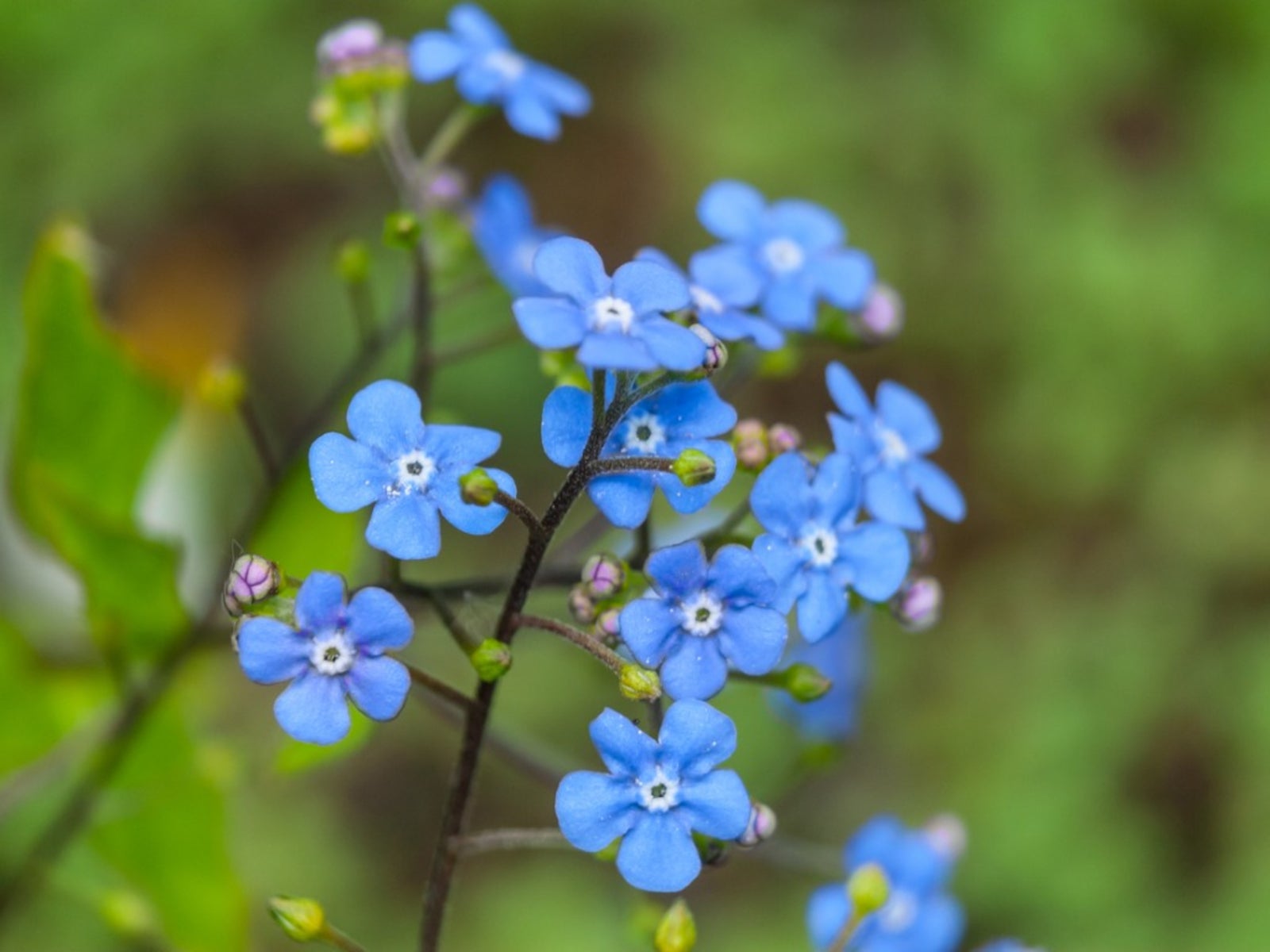 Flowering Pond Plants - Growing Aquatic Flowers
Flowering Pond Plants - Growing Aquatic FlowersAdding flowering pond plants to natural and manmade water features can be an easy way to quickly beautify a space with lush greenery and vibrant bursts of seasonal color. Read on for more.
By Tonya Barnett
-
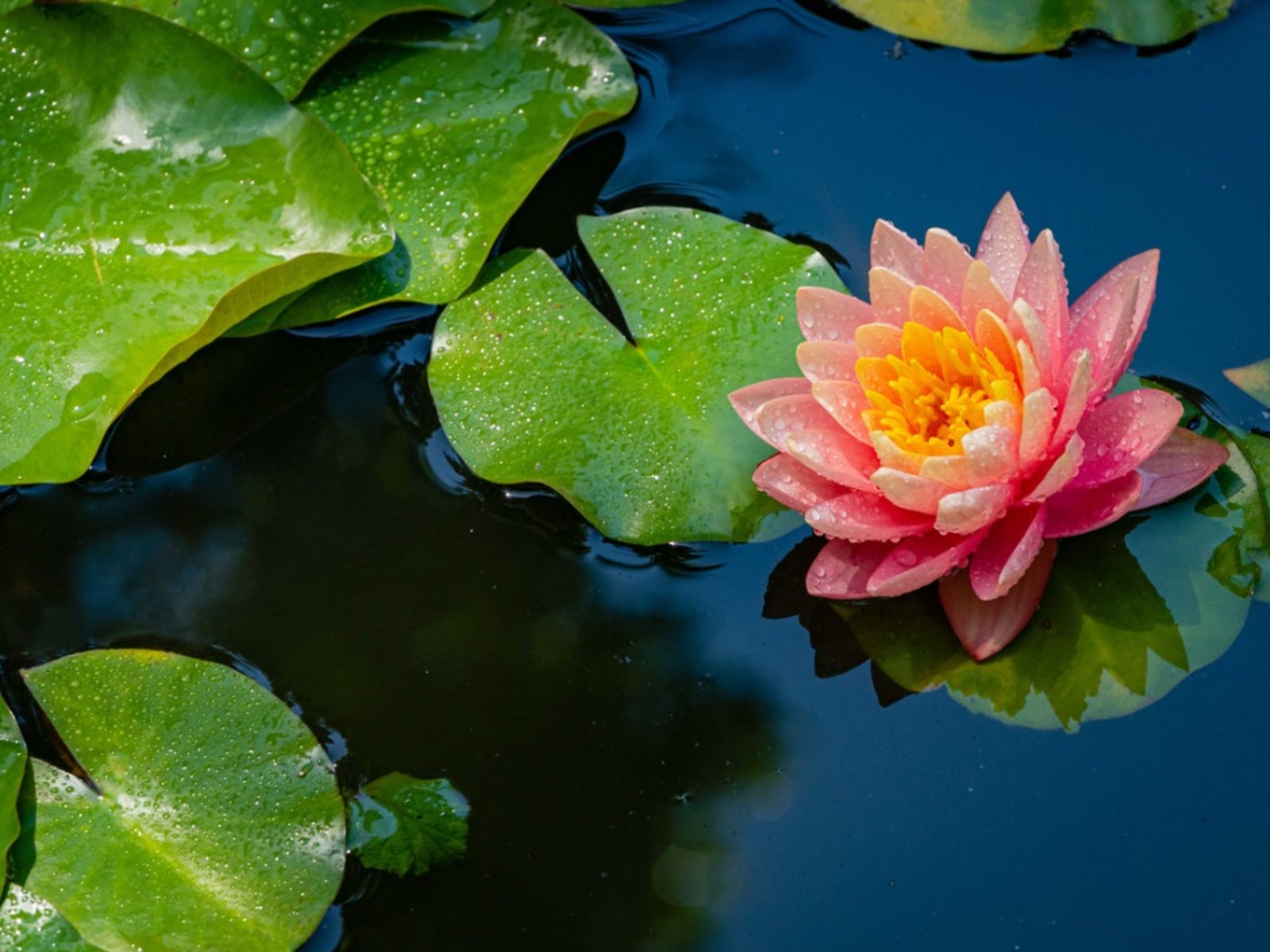 Full Sun Aquatic Plants - Full Sun Floating Pond Plants
Full Sun Aquatic Plants - Full Sun Floating Pond PlantsThere are pros and cons to putting a pond in full sun, but it's very doable. Here are some ideas to get you started.
By Mary Ellen Ellis
-
 Echinodorus Creeping Burhead – Information On Creeping Burhead Plant Care
Echinodorus Creeping Burhead – Information On Creeping Burhead Plant CareCreeping burhead plants are members of the water plantain family and commonly used in freshwater aquariums or outdoor fishponds. Echinodorus creeping burhead is native to the eastern half of the United States. To learn more about the creeping burhead plant click the following.
By Laura Miller
-
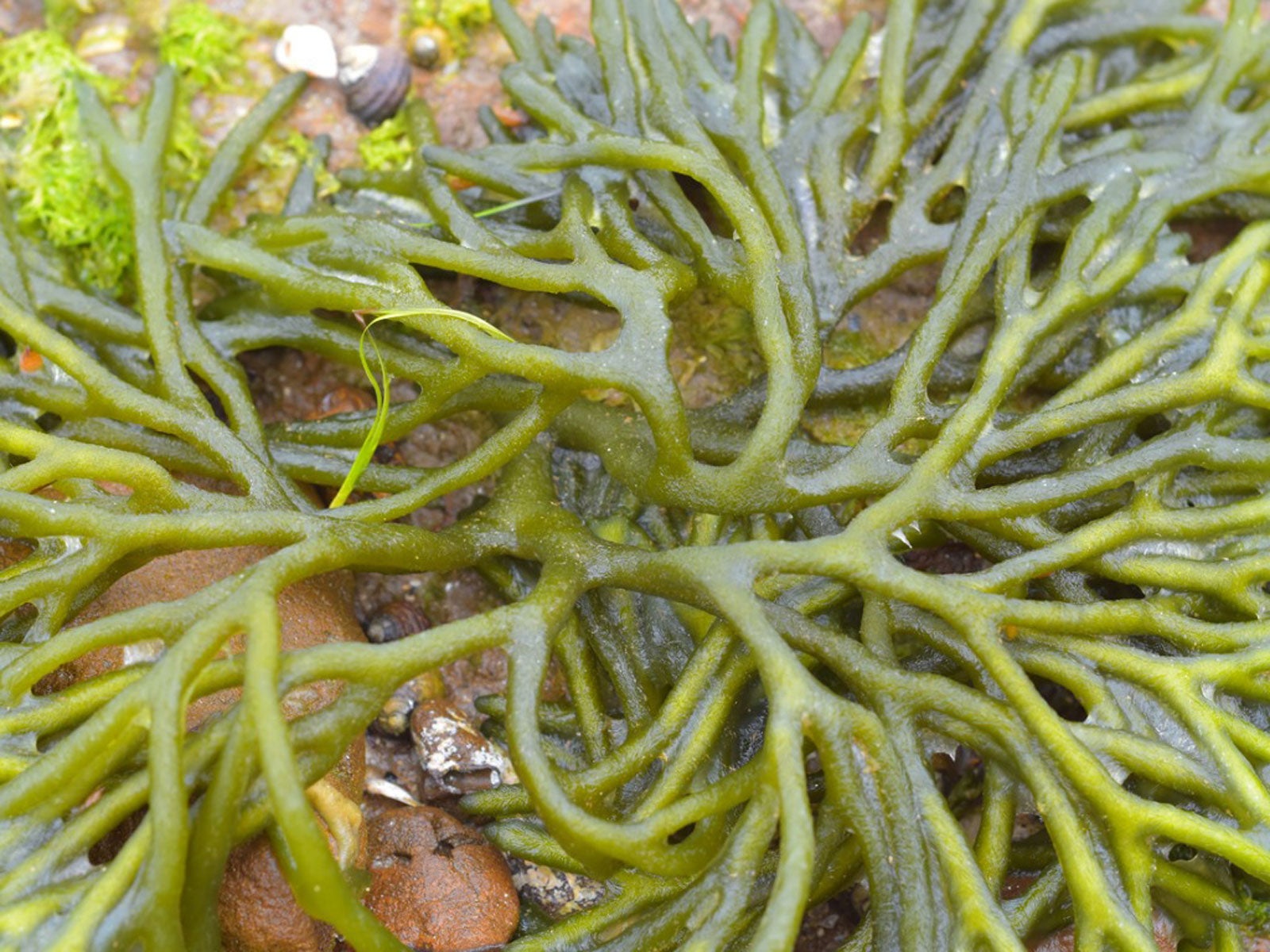 What Is A Saltwater Aquarium: Plants For Saltwater Aquariums
What Is A Saltwater Aquarium: Plants For Saltwater AquariumsBuilding and maintaining a saltwater aquarium requires some expert knowledge in choosing the right plants. Here are some choices to start with.
By Mary Ellen Ellis
-
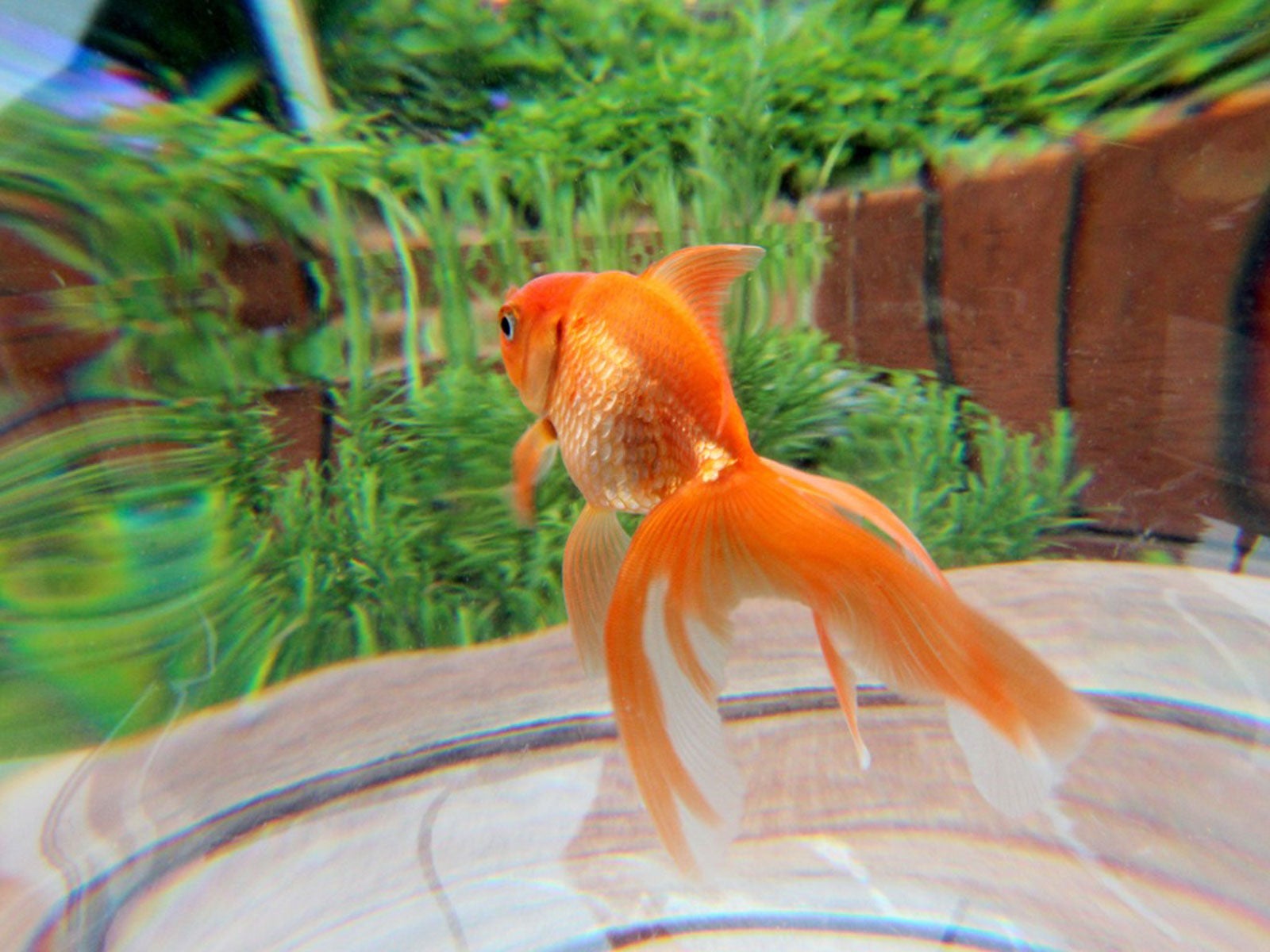 Outdoor Aquarium Ideas: Putting A Fish Tank In The Garden
Outdoor Aquarium Ideas: Putting A Fish Tank In The GardenAquariums are generally made for inside the house, but why not have a fish tank outside? Click here for tips and ideas on backyard aquariums.
By Mary Ellen Ellis
-
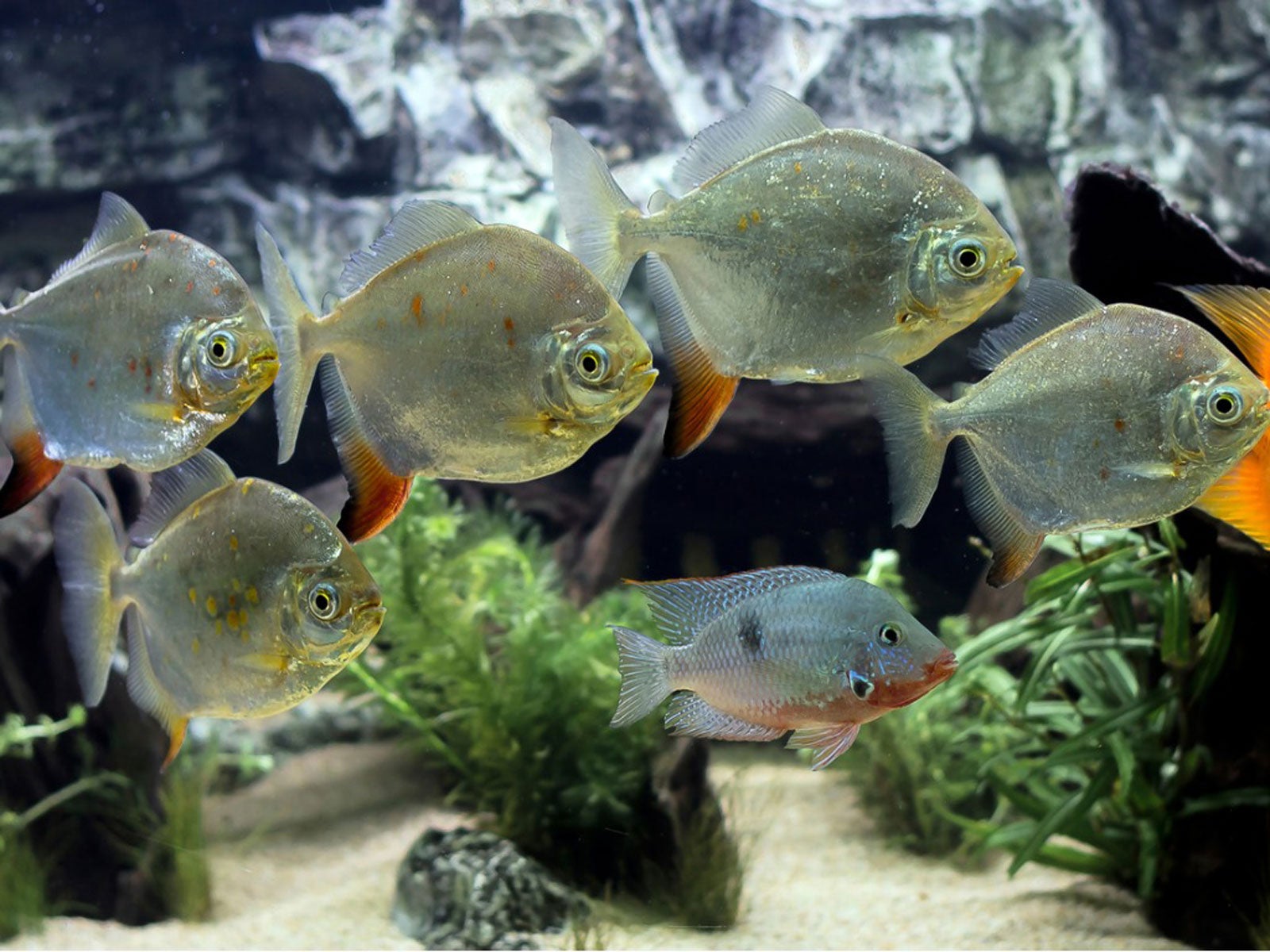 Fish That Eat Plants – Which Plant Eating Fish Should You Avoid
Fish That Eat Plants – Which Plant Eating Fish Should You AvoidGrowing plants with aquarium fish is rewarding, but if you want to combine plants and fish, learn what aquarium fish to avoid. This article will help.
By Mary H. Dyer
-
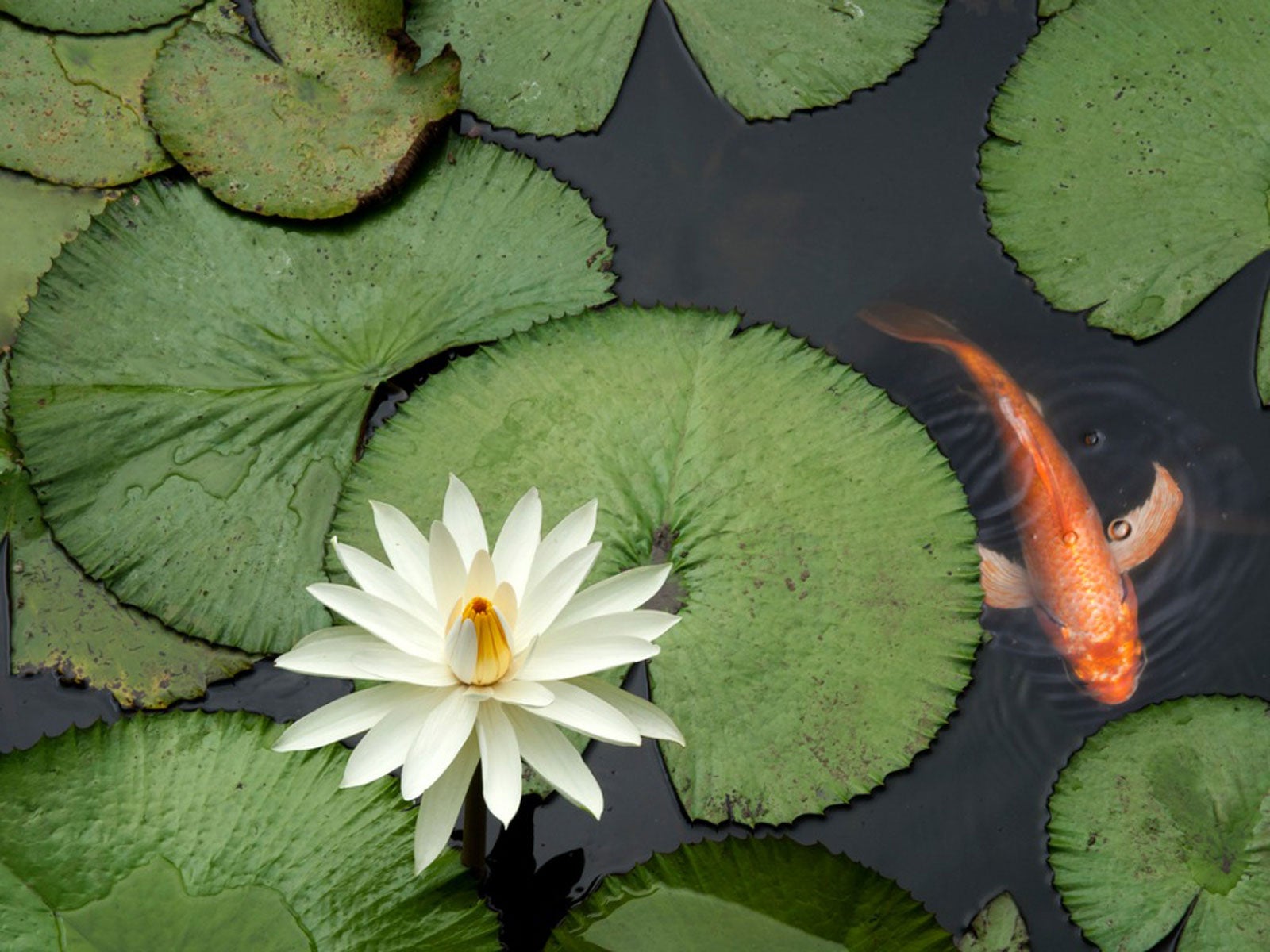 Is Pond Fertilizer Bad For Fish: Learn About Fish Safe Fertilizer
Is Pond Fertilizer Bad For Fish: Learn About Fish Safe FertilizerUsing fertilizer around fishponds must be done with care. Excess nitrogen causes algae, but can also contaminate the water and affect fish. Learn more here.
By Bonnie L. Grant
-
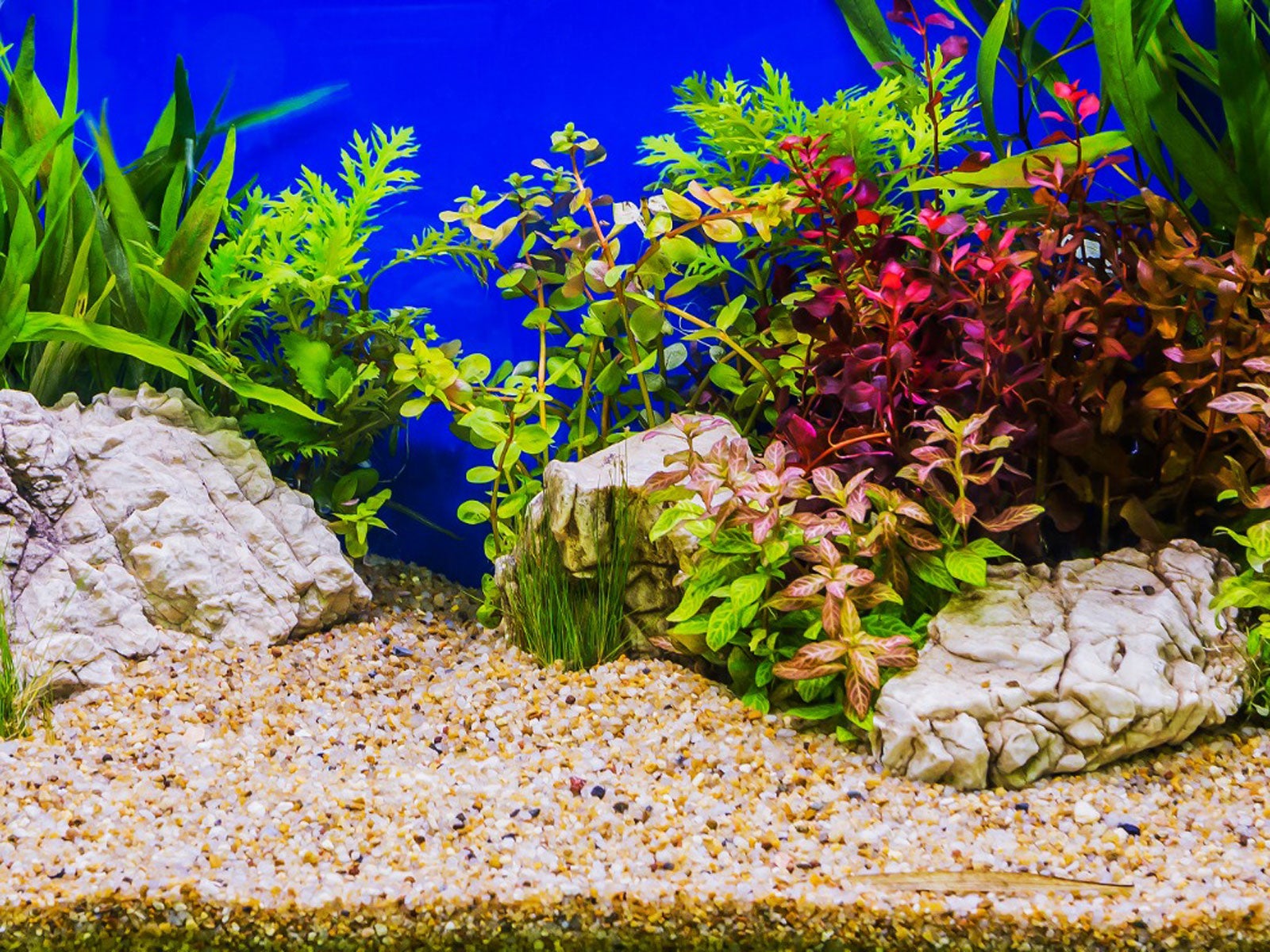 What Is Aquascaping – Creating An Aquarium Garden
What Is Aquascaping – Creating An Aquarium GardenAquatic gardening can be a rewarding endeavor, especially when aquascaping. Click this article to learn more about creating an aquarium garden.
By Nikki Tilley